Ile-de-France: 10 famous or lesser-known châteaux to discover around Paris
Ile-de-France: 10 famous or lesser-known châteaux to discover around Paris
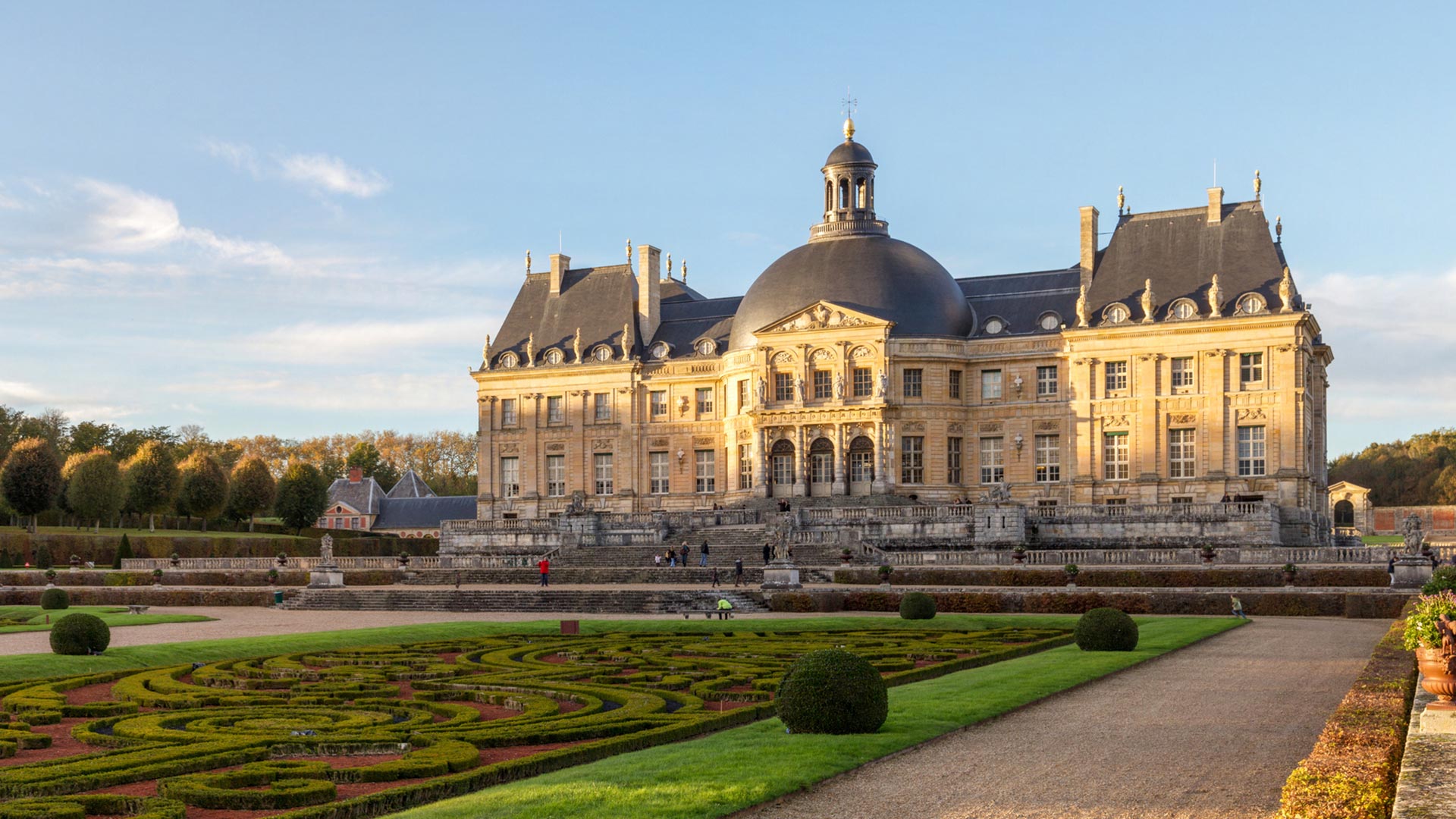
©jaife/iStock
From the majestic Versailles grounds to the more subdued Château de Champs-sur-Marne, the Île-de-France region is packed with architectural treasures that bear witness to a rich and storied history, the perfect opportunity to travel back through the centuries.
The Palace of Fontainebleau (Seine-et-Marne)
Originally a hunting lodge under the Capetian dynasty, it became a royal residence from Francis I to Napoleon III. The Palace of Fontainebleau took part in nearly eight centuries of French history contained with its resplendent Renaissance façade.
Make sure to see the horseshoe-shaped staircase in the Cour d’Honneur, the meticulous woodwork in the Francis I gallery and the Emperor’s memorabilia in the Napoleon I museum.
If you’re travelling with the whole family, treat yourself to a canoe trip on the Etang aux Carpes. An unforgettable experience!
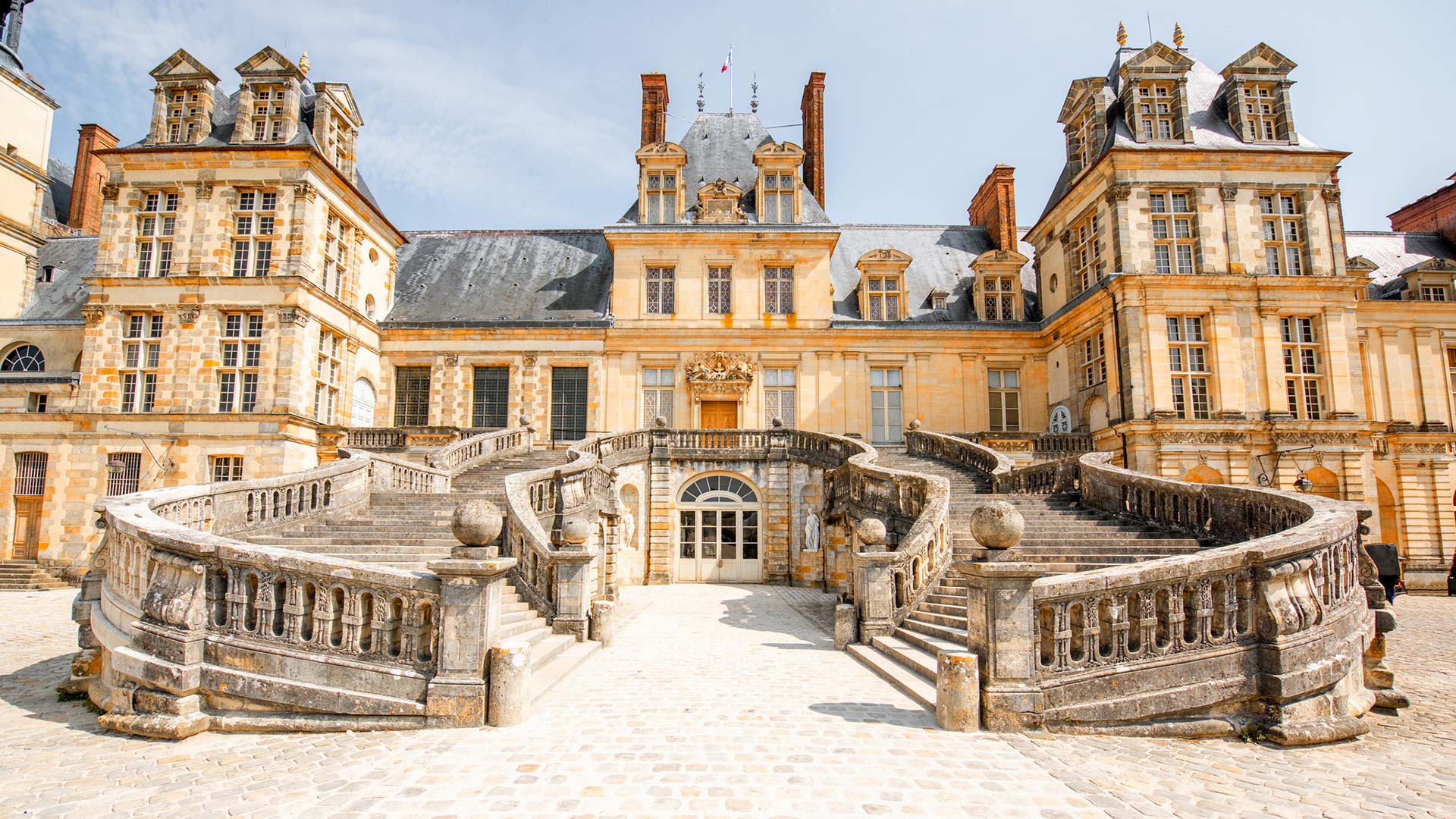
©RossHelen/iStock
The Château de Monte-Cristo (Yvelines)
This charming property, built in the commune of Port-Marly in 1847, was home to Alexandre Dumas, the writer behind The Three Musketeers and The Count of Monte-Cristo. This extravagant neo-Renaissance edifice is surrounded by a beautiful English-style park with grottoes, pools and waterfalls.
Inside, the décor is stunning, as is the exuberant Moorish salon. Several rooms are devoted to the works of the famous Romantic author, while a pavilion in the park houses his study.
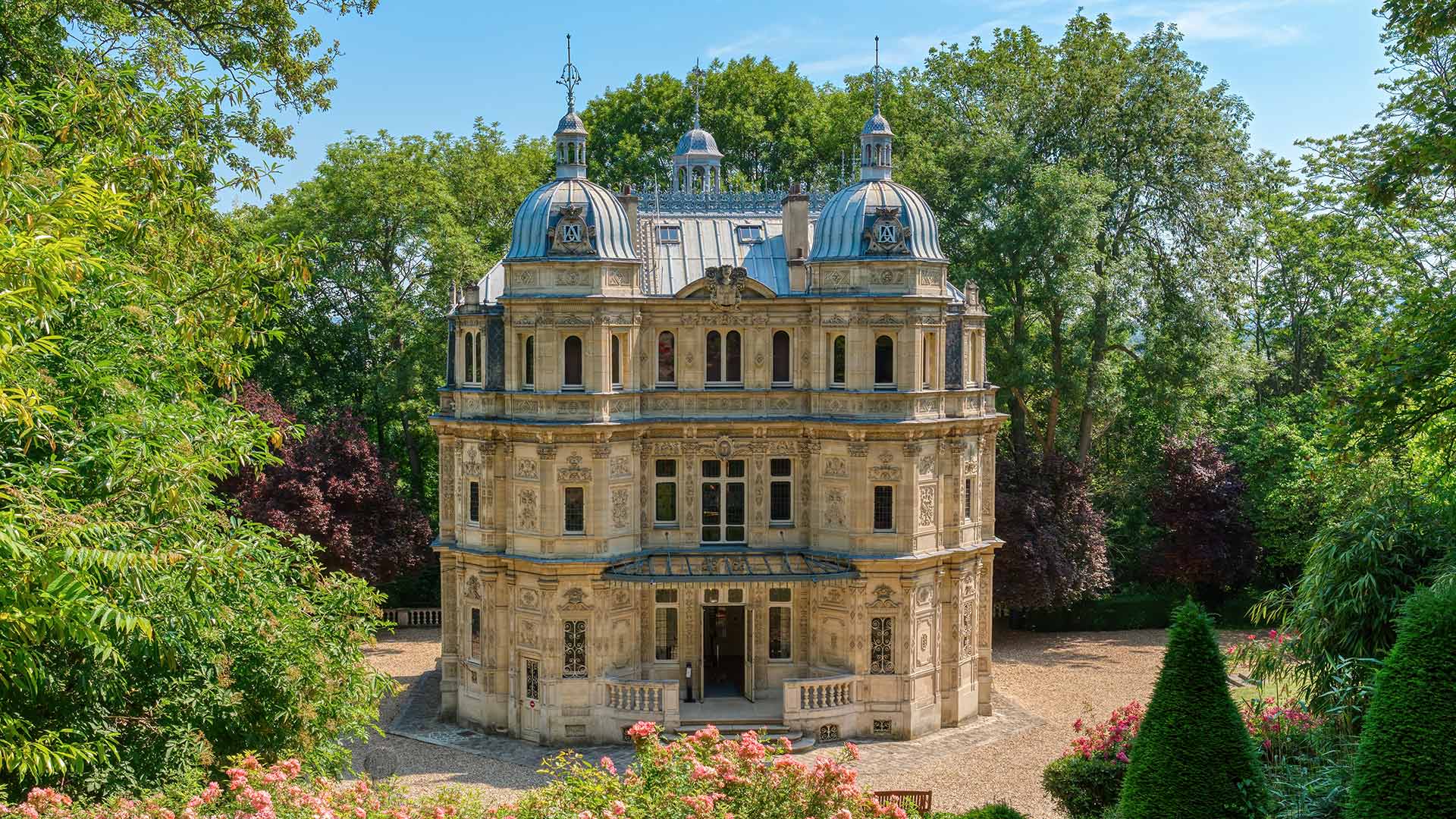
©UlyssePixel/Getty Images Plus
The Château de Malmaison (Hauts-de-Seine)
In Rueil-Malmaison, the former residence of Napoleon Bonaparte and Josephine de Beauharnais offers a fascinating insight into French history. In a display of the finest Empire style, the decor of the Château de Malmaison is a testimony to the refined taste of its former occupants.
The Council Chamber, from which Napoleon ruled France from 1800 to 1802, and Josephine’s personal quarters feature some exceptional collections of objects, clothes and other sundry artefacts of the imperial couple.
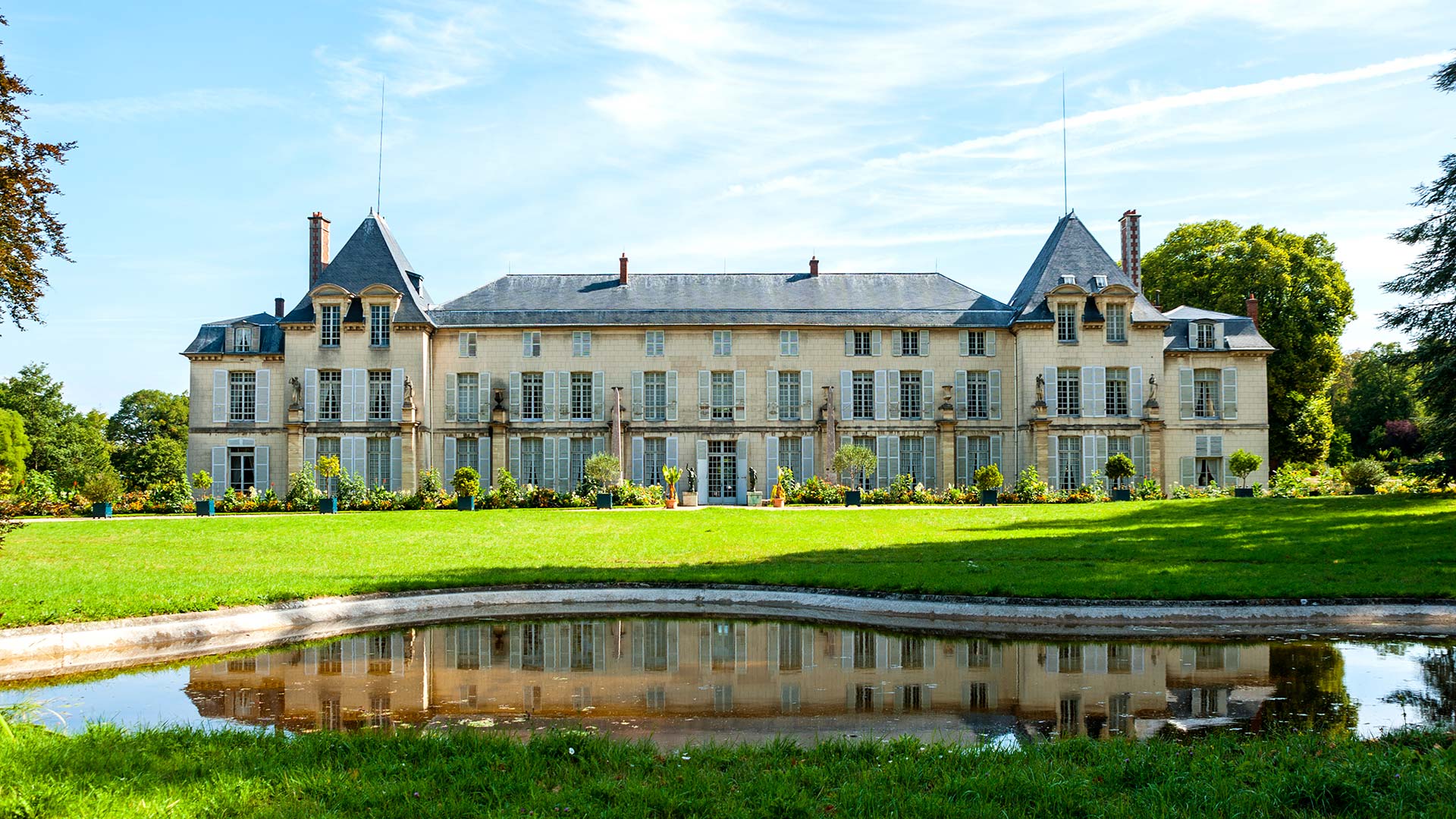
©sphraner/Getty Images Plus
The Palace of Versailles (Yvelines)
This is without a doubt one of the most beautiful châteaux in the world! The former residence of the kings of France and a symbol of the power of Louis XIV, the Palace of Versailles boasts grand French gardens,
extravagant apartments and a dazzlingly impressive Hall of Mirrors. A must-see in the Île-de-France region, less than 30km from the centre of Paris.
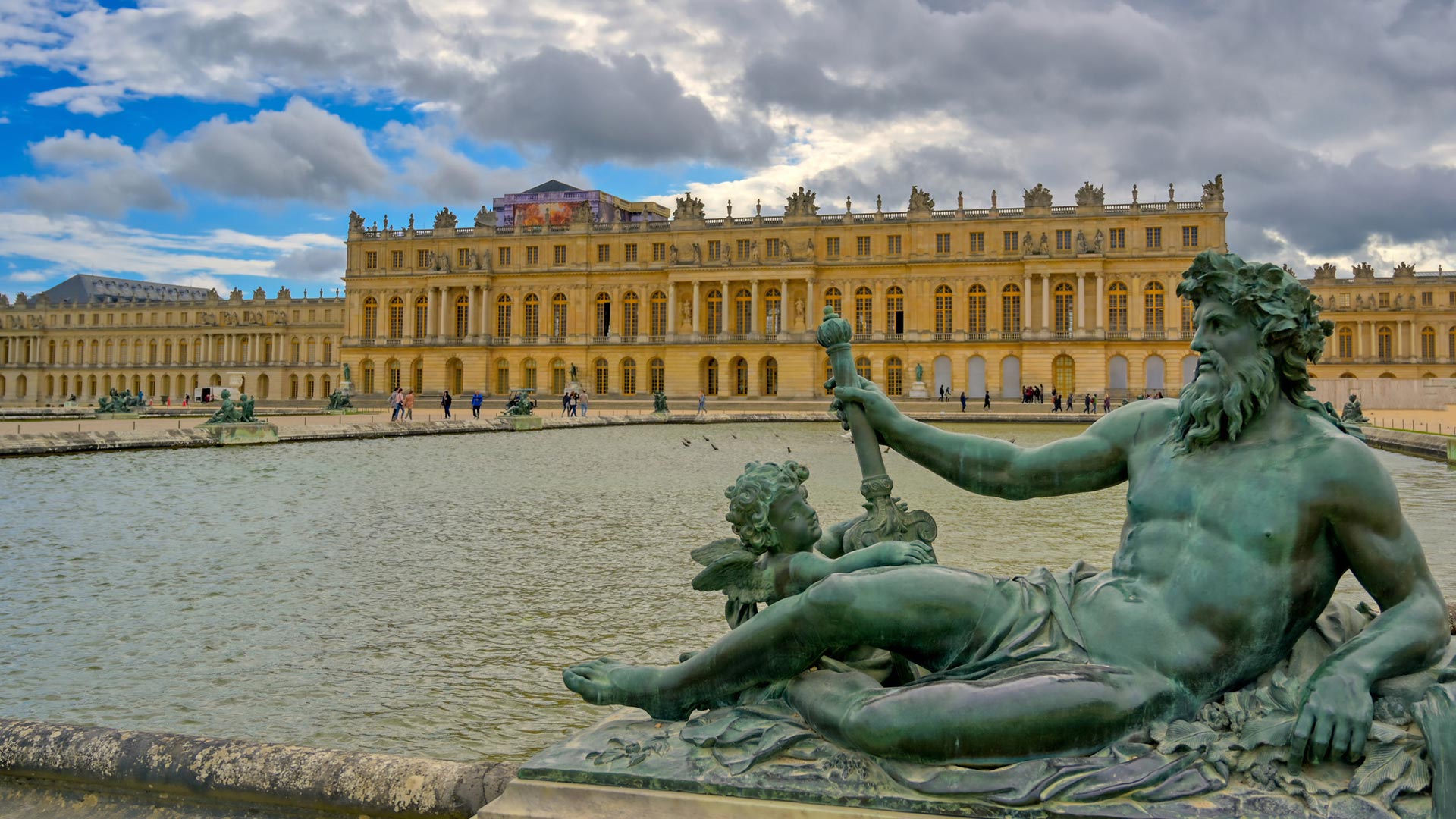
©Jbyard/iStock
The Château de Champs-sur-Marne (Seine-et-Marne)
Visiting to the Champs-sur-Marne Castle is like strolling through an 18th-century decorative masterpiece of refinement and harmony. On the ground floor, in the Chinese drawing room, you can see splendid armchairs covered with Beauvais tapestries and marvellous Rocaille-style decorations.
Upstairs, Madame de Pompadour’s bedroom is beautifully decorated with scrolls and floral motifs. A lesser-known château, but well worth a visit.
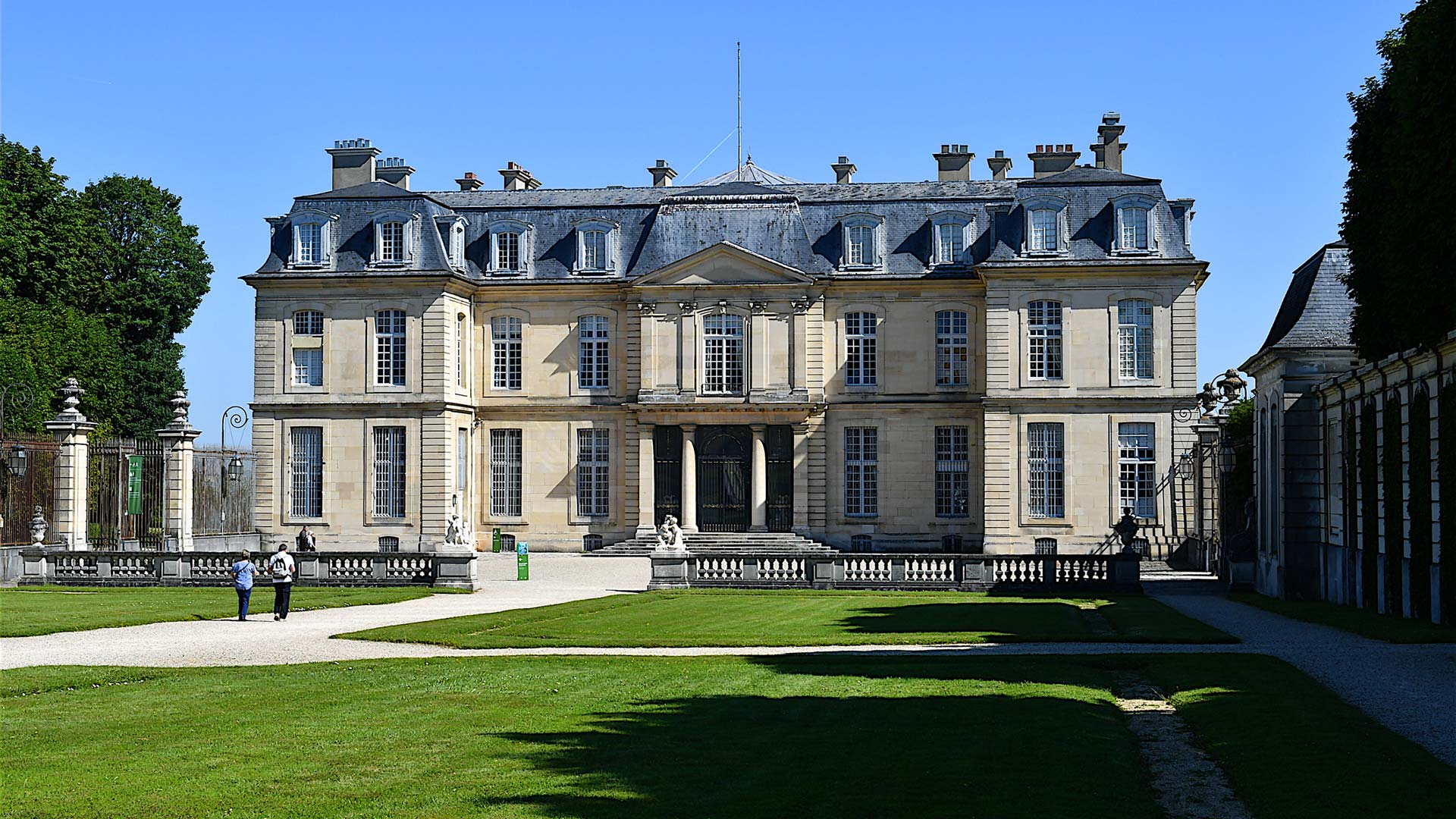
©Olivier DJIANN/iStock
The Château de Breteuil (Yvelines)
Louis XVI and his minister Louis-Auguste de Breteuil embroiled in the Collier affair in 1785, Marcel Proust having a chat with Henri de Breteuil… The Breteuil Castle hosts 50 wax figures created by the Musée Grévin.
You can walk from room to room, exploring the memories of the de Breteuil family, masters of the castle since 1712. In the park, characters from Perrault’s fairy tales await the younger visitors. An all-in-one place for young and old!
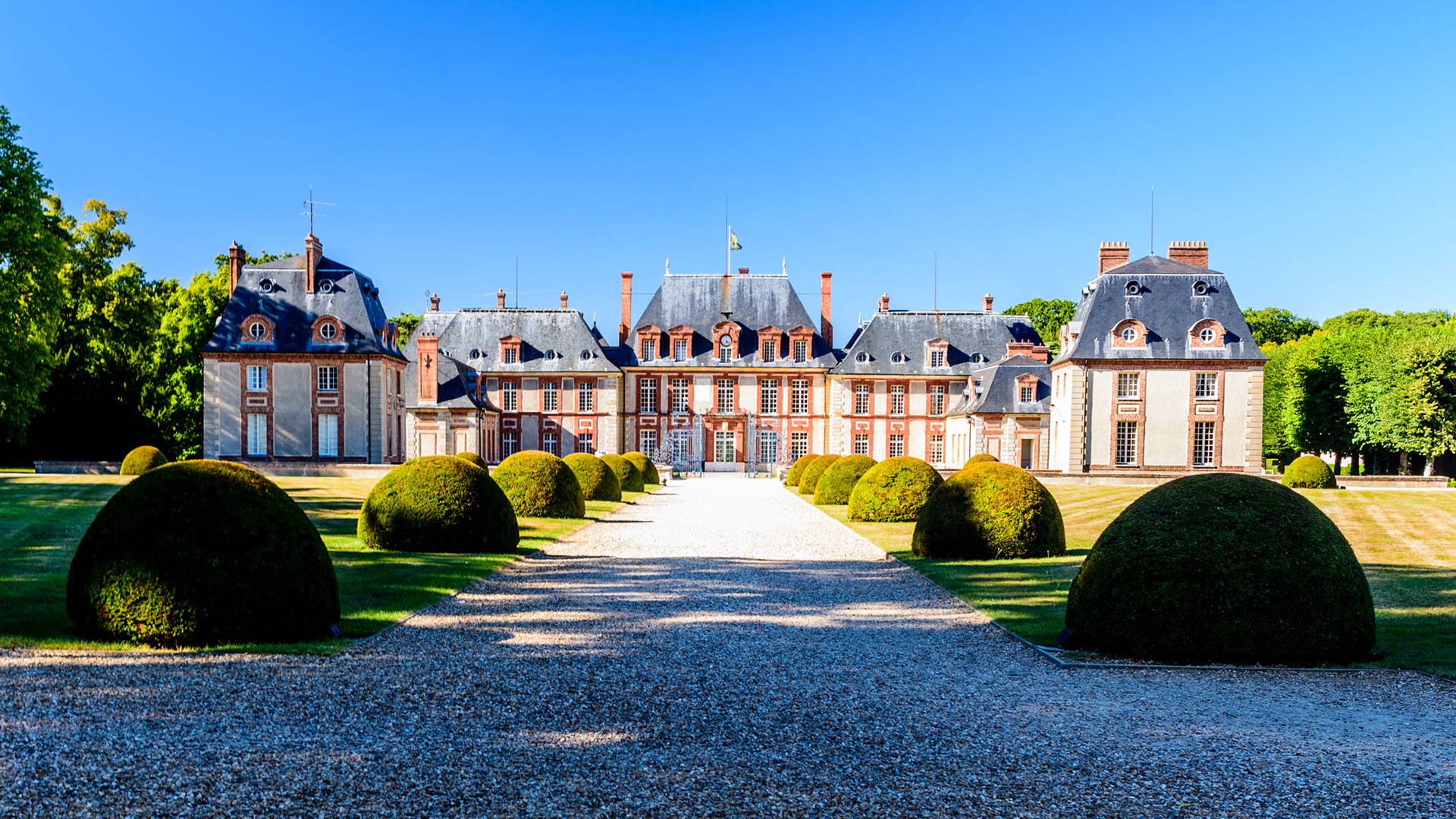
©wdxiao/123RF
The Château de Vincennes (Paris)
On the outskirts of Paris and the Bois de Vincennes, the Château de Vincennes lets you take a trip back in time to the Middle Ages. Protected by ramparts, you’ll discover a magnificently restored keep,
the symbol of royal power under Saint-Louis, and a beautiful Gothic ensemble, including the Sainte-Chapelle de Vincennes, built by Charles V.
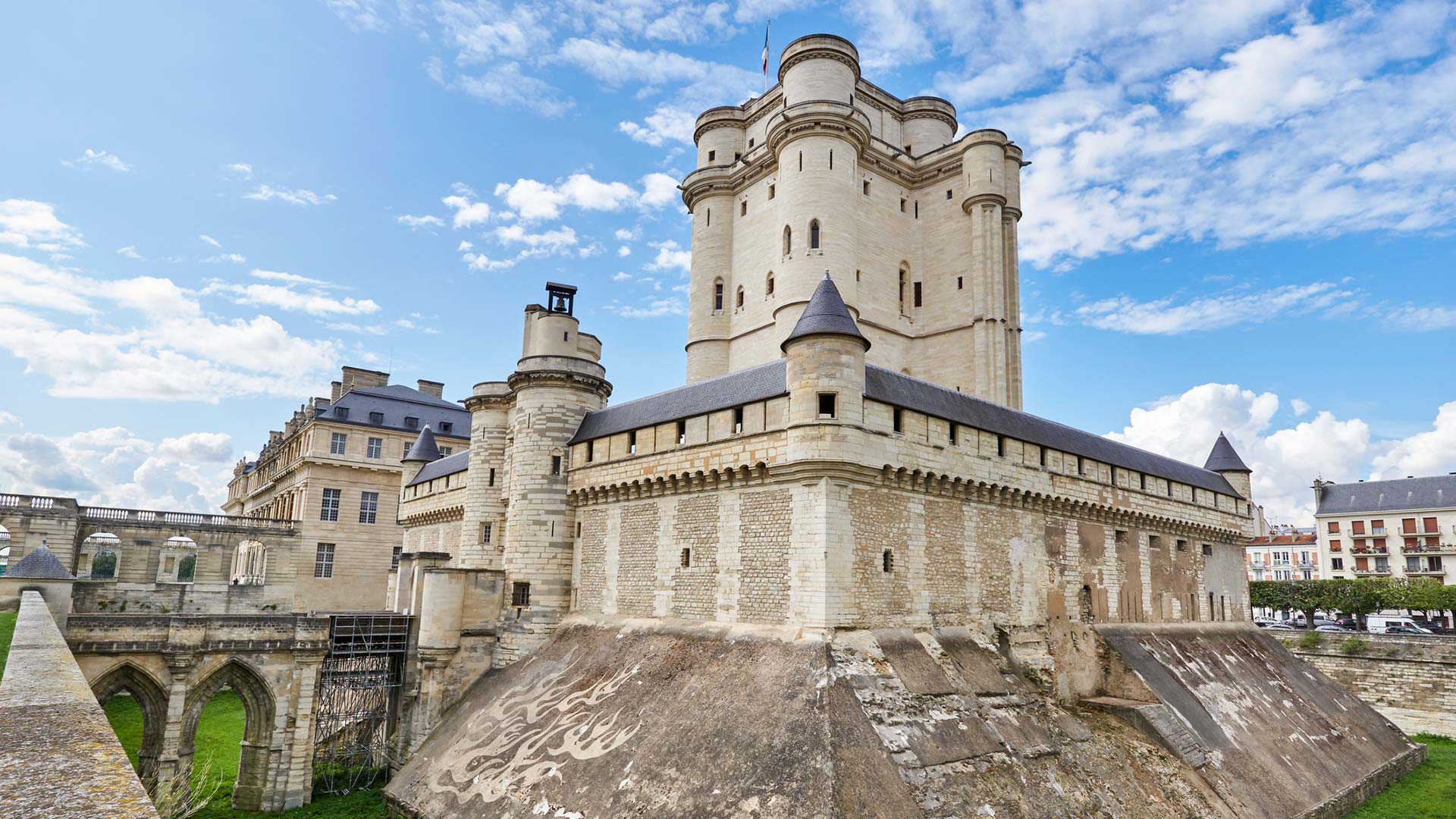
©Jesnofer/iStock
The Château de Courances (Essonne)
Most visitors who come to the Courances Estate come for its gardens, a 75-hectare masterpiece of plant life. The series of flowerbeds, water features and wooded areas create a tableau in green, with a deliciously romantic atmosphere.
The château, an elegant Louis XIII-style residence, houses three superb 16th-century tapestries in the Galerie des Singes.
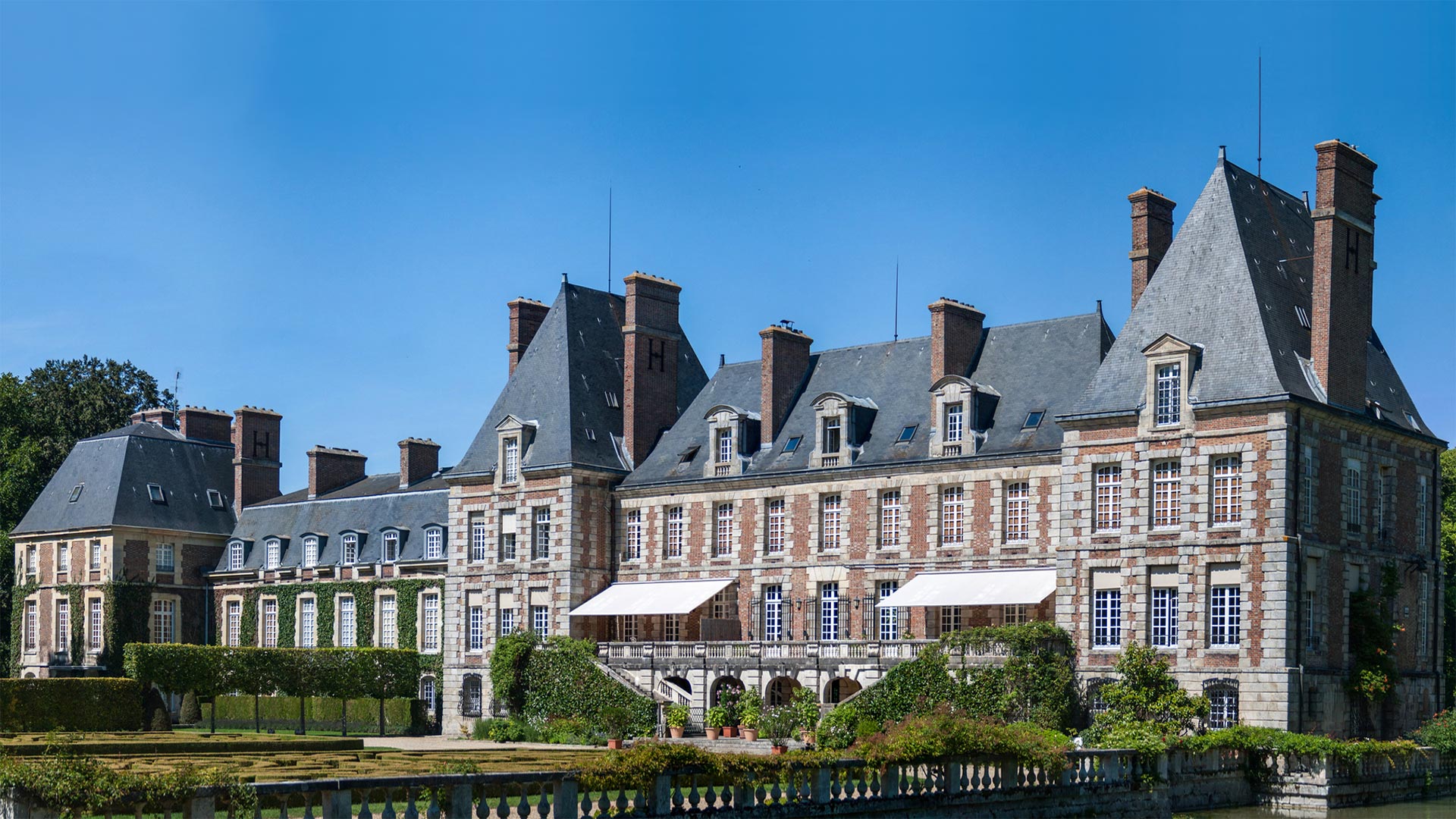
©jaife/iStock
The Château d'Écouen (Val d'Oise)
Built in the middle of the woods in the 16th century, the former residence of Constable Anne de Montmorency is now the National Renaissance Museum.
Behind its sober façade lies one of the finest collections of decorative arts in the world, featuring furniture, woodwork and tapestries from the 16th and 17th centuries.
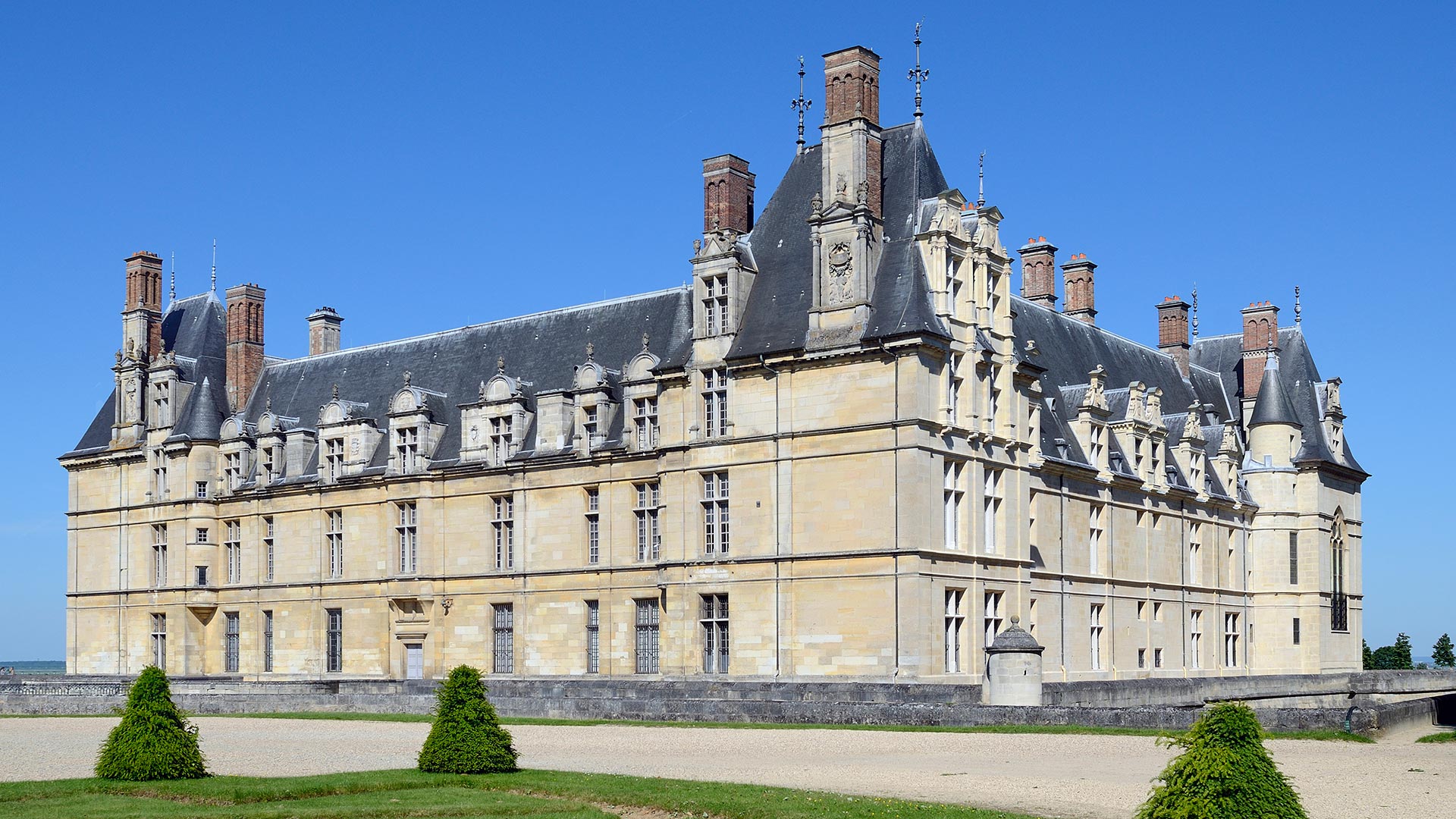
©CHICUREL Arnaud/hemis.fr
The Château de Vaux-le-Vicomte (Seine-et-Marne)
This is the crown jewel of Baroque architecture, built and decorated by the three great French artists of the 17th century, Le Vau, Le Brun and Le Nôtre!
Strolling through the building, you’ll see incomparably luxurious interiors and discover the fascinating story of its creator Nicolas Fouquet. All of it surrounded by magnificent French gardens.
Visit the château on a summer evening, when the grounds are ablaze with thousands of candles!

©jaife/iStock
Feel like getting away from it all?
See our suggestions for novel trips and must-see places to visit near your home or holiday destination.



